Alan Titchmarsh: The boy who left school early with one O-level 60 years ago... and found the perfect career
Our columnist Alan Titchmarsh reflects on 60 years of gardening.
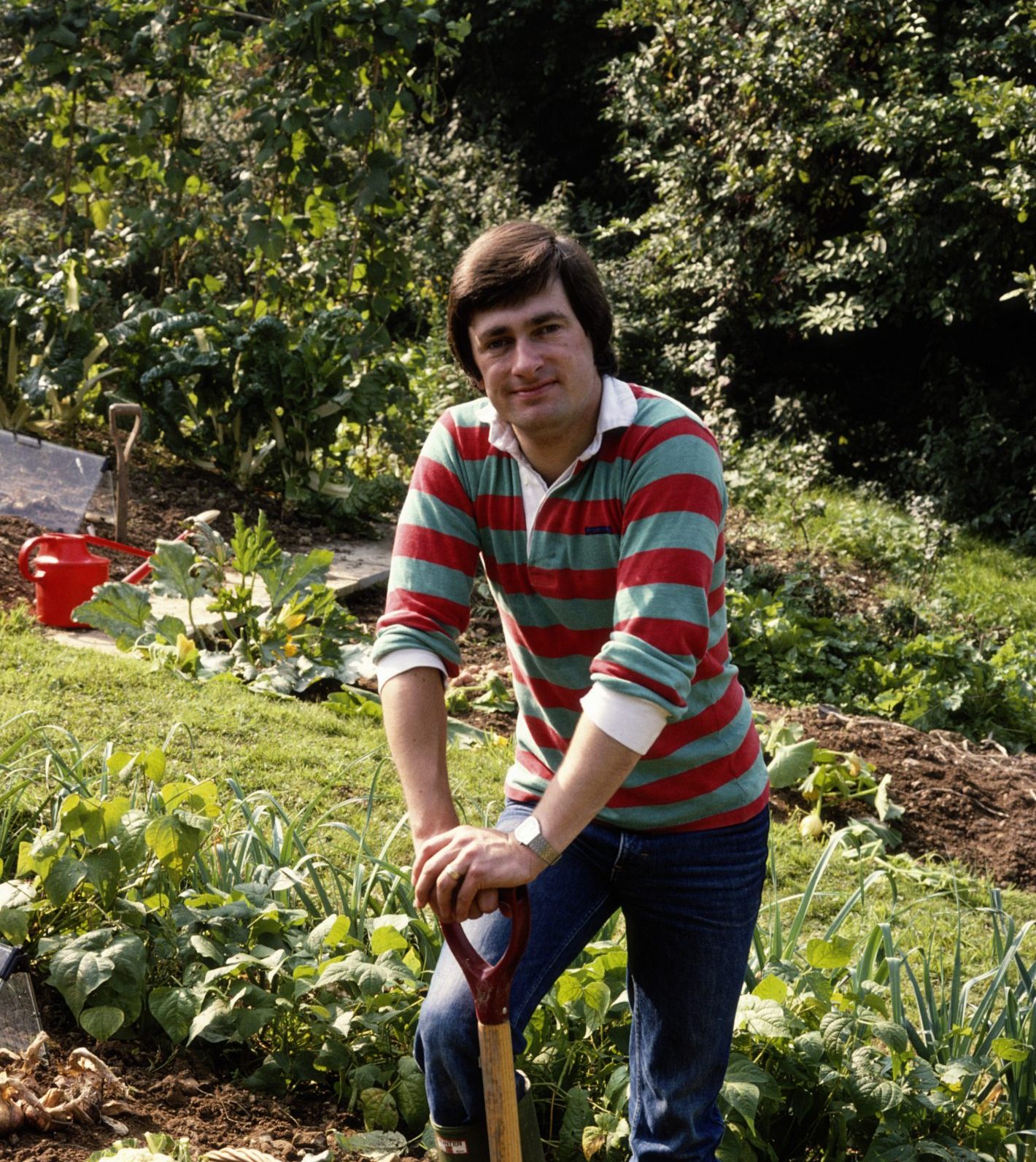

In the summer of 1964, a 15-year-old lad with one O level in Art asked his parents if he could leave school a year early and go to work as a gardener in a local nursery. After some misgivings and earnest discussions about the wisdom of such an undertaking, they said ‘yes’. Dwelling in the past, as many older folk are wont to do, is generally inadvisable. It becomes an exercise in uncomfortable comparisons. But it can also be a reminder of the benefits of progress. Especially in the garden.
Never have we had so many plants to choose from: about 70,000 of them in the RHS Plant Finder. Neither have we had the benefit of so many ‘garden designers’ who can show us how to use them. In the early 1960s, only the exceptionally well to do, and those with country estates, would employ the likes of Russell Page and Lanning Roper to landscape their demesnes. Domestic gardens of modest size would settle for a rectangle of lawn surrounded by a narrow border filled with a limited range of summer flowers, with golden rod and shasta daisies predominating.

Gertrude Jekyll might have published Colour Scheme in the Flower Garden in 1911 and Vita Sackville-West created her White Garden in 1950, but the influence of these icons on small domestic gardens did not reach nearly so far as it would later in the 20th century. The really keen would create a summer bedding scheme of scarlet salvias and orange French marigolds, edged with alternate blue lobelia and white alyssum.
There might be a rockery on the steep bit that was impossible to mow (although 1964 would see the arrival of the hover mower — the Flymo — which made sloping lawns that much easier to cut). The height of early 1960s ambition would be a rose bed filled with Hybrid Teas and Floribundas emerging from a smoothly raked carpet of grey dust.
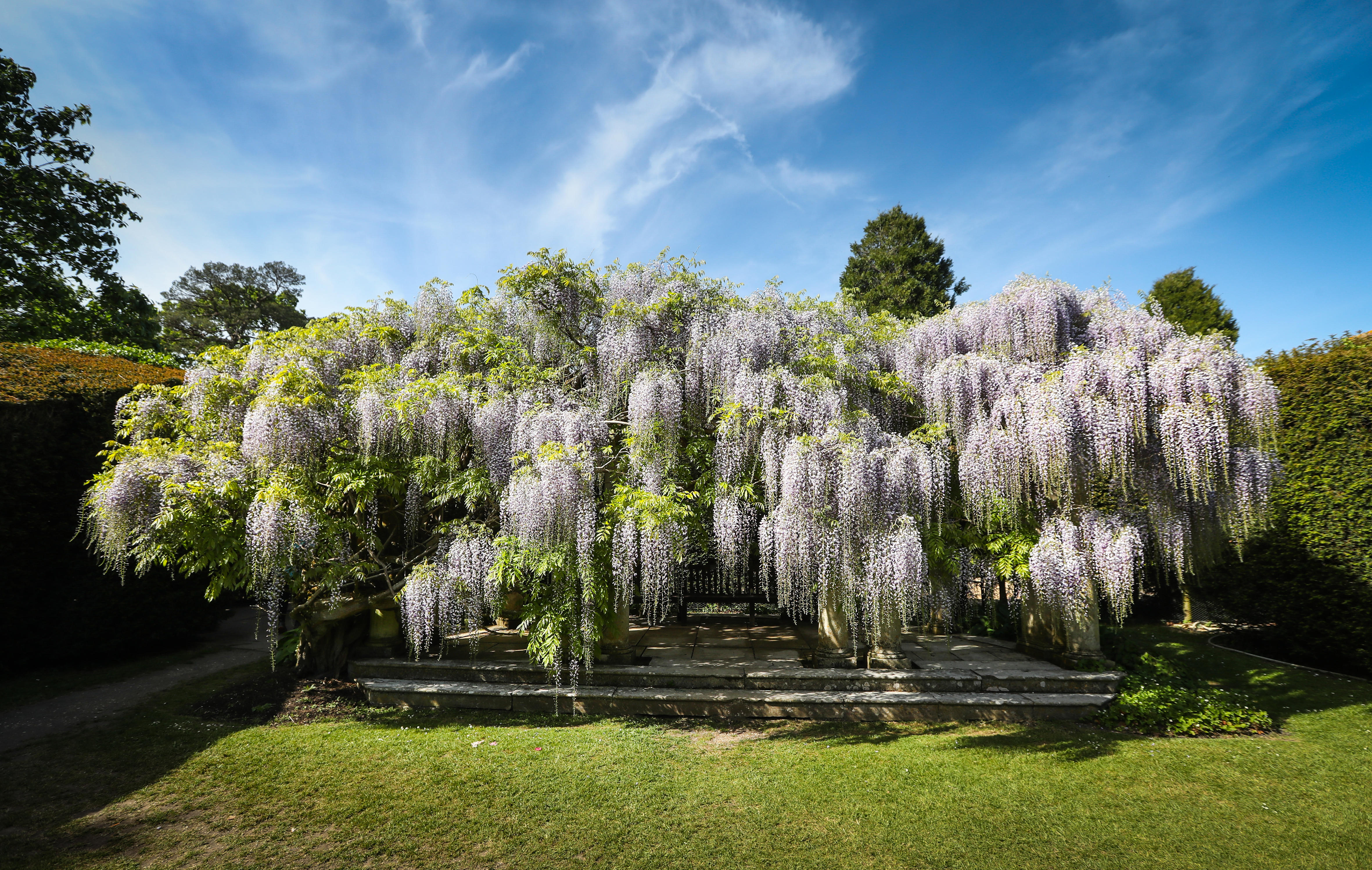
It would be a good few years before the ‘mixed border’ so beloved of Christopher Lloyd would become de rigueur and Graham Thomas’s championing of ground-cover plants and shrub roses would see them displacing the more formal habits of their antecedents. David Austin released his first ‘English rose’, ‘Constance Spry’, in 1961, offering a shrub rose that, unlike most of its predecessors, would flower repeatedly in summer, rather than giving its one brief show at the end of June and beginning of July. Many others would follow.
‘Garden rooms’ were barely thought of, crazy paving was the hard landscaping of choice and decking, fire pits and pizza ovens would not appear in any quantity for another 30 years. Entertaining outdoors would generally be confined to a glass of sherry outside the French windows.
Back in 1964, ‘organic gardening’ was the province of bearded men with grey socks and sandals and noxious chemicals were bandied around willy-nilly. ‘What are you doing?’ a friend of mine asked a man on the next-door allotment, who was rendered invisible by a cloud of powder. ‘It’s all right’, came the disembodied reply. ‘It’s only DDT.’
Exquisite houses, the beauty of Nature, and how to get the most from your life, straight to your inbox.
Until the mid 1960s, greenhouse plants were grown in clay pots that were tapped with a little wooden mallet to see if they needed water — if they rang they were dry; a gentle thud indicated an adequate dampness. Until the end of that decade, water would be dispensed with a long-spouted can; hosepipes were regarded as an instrument of the Devil — washing the compost from the pot if the pressure was too great.

In the early 1960s, bird tables would grace many gardens, but that would be the sum total of any incursion of the natural world, for which ‘nature walks’ were arranged for schoolchildren to local woodland, riversides and meadows where wildlife would thrive. ‘Wildlife Gardens’ and ‘Plants for Pollinators’ were decades away from being recognised as being an important part of home gardening.
We still have a long way to go in encouraging schools to understand the true value of a garden in introducing a child to the natural world and how it can enrich the curriculum subjects of science, nutrition, art and design and even maths. Teachers might also give a little more consideration to the recommendation of horticulture as a career; our green planet is desperately in need of full-time carers.
Sixty years on, that 15-year-old lad is still gardening and finds himself in the enviable position of having chosen the perfect career in terms of job satisfaction, contentedness with his lot and a feeling that helping things grow and beautifying the earth is one of the noblest of ambitions. And, yes, that ‘lad’ is me.
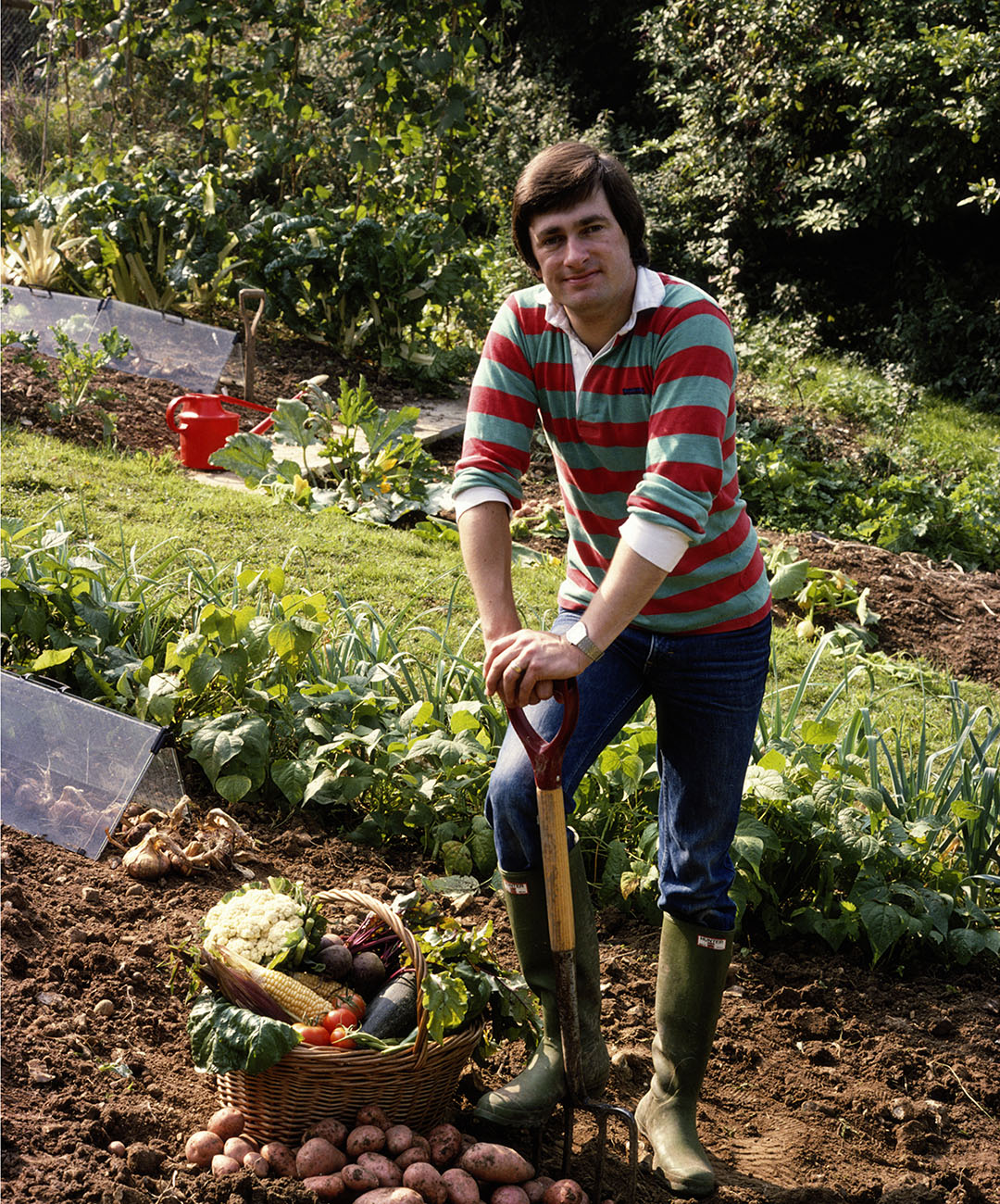
Alan Titchmarsh: 'It came as a disappointment to Dad when I wanted to be a gardener, but he hid it well'
Alan Titchmarsh's father wasn't much of a gardener — but further back in his family tree were many green-fingered forbears, and

Credit: Getty
Alan Titchmarsh: I won't hear a bad word about privet hedges, but they're not a patch on my one-off 'country hedge'
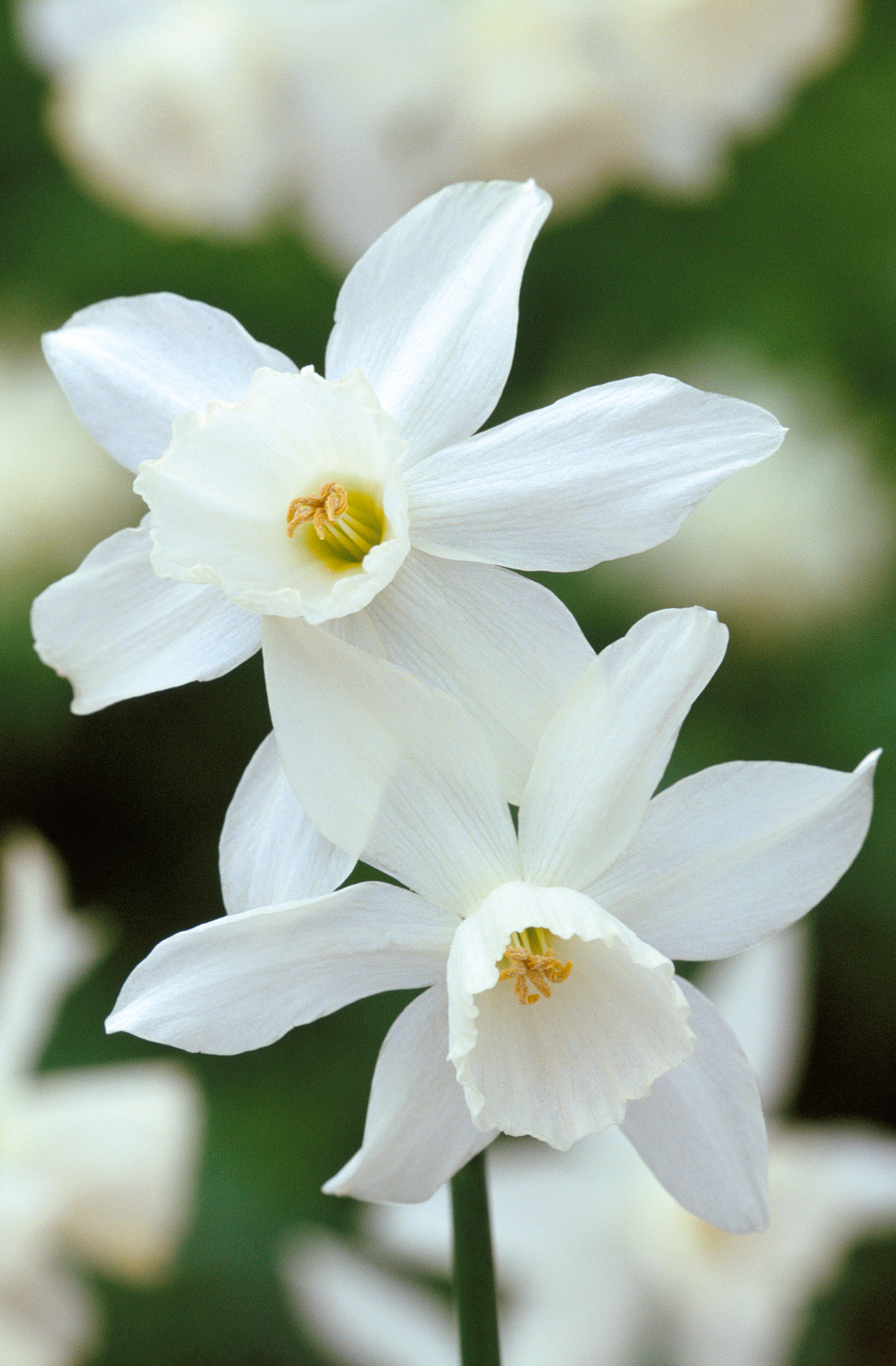
Alan Titchmarsh: Wordsworth was dead wrong about lonely clouds — but he was on to something with daffodils
Alan Titchmarsh loves daffodils — don't we all? — and shares some of his favourite varieties.
Alan Titchmarsh is a gardener, writer, novelist and broadcaster.
-
 In search of London’s earliest pint
In search of London’s earliest pintEarly houses — pubs open in the early hours to feed and water the market trade — have been a cornerstone of London for centuries. Yet, as Will Hosie finds, they aren’t stuck in the past.
-
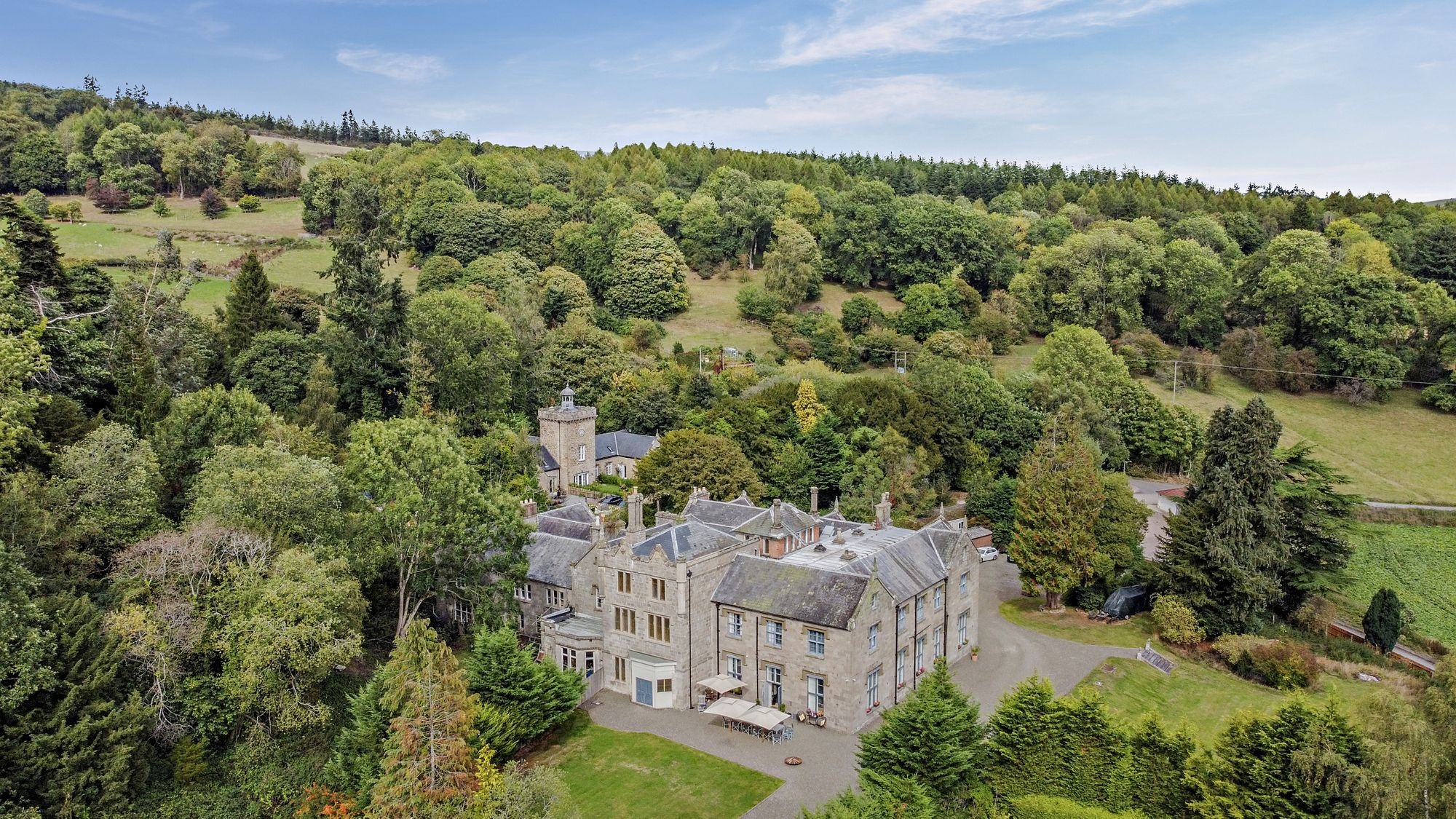 A 14-bedroom 'miniature Downton Abbey' to call your own — and there's not a penny of Mansion Tax to be paid
A 14-bedroom 'miniature Downton Abbey' to call your own — and there's not a penny of Mansion Tax to be paidNorton Manor is an incredible period home that's on the market for £1.3 million.
